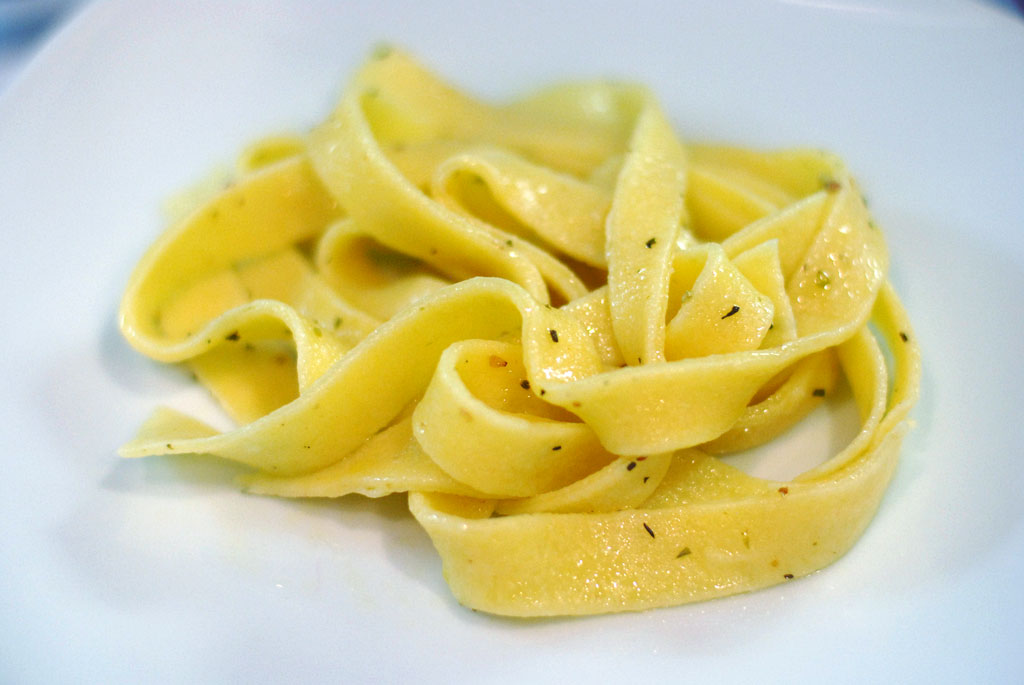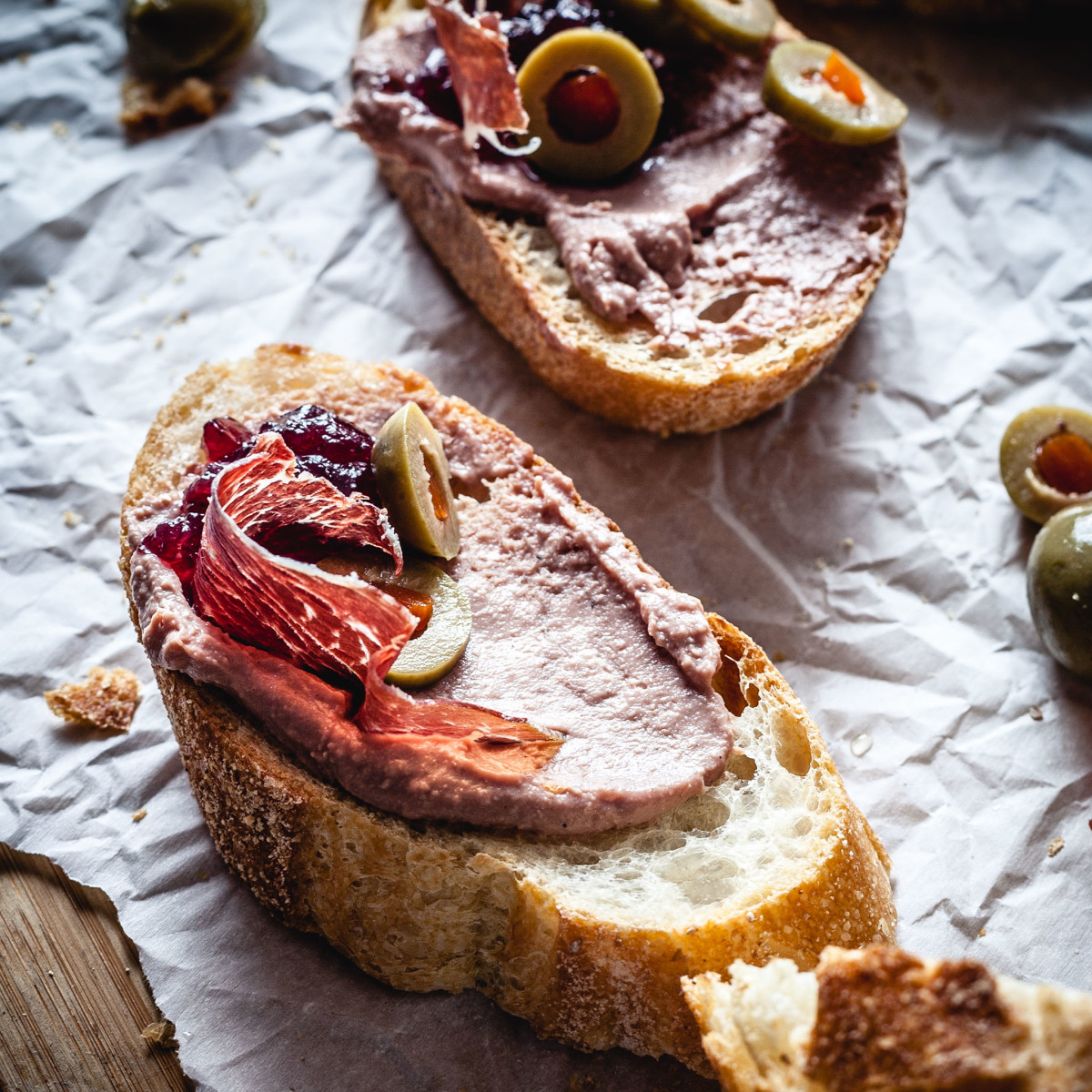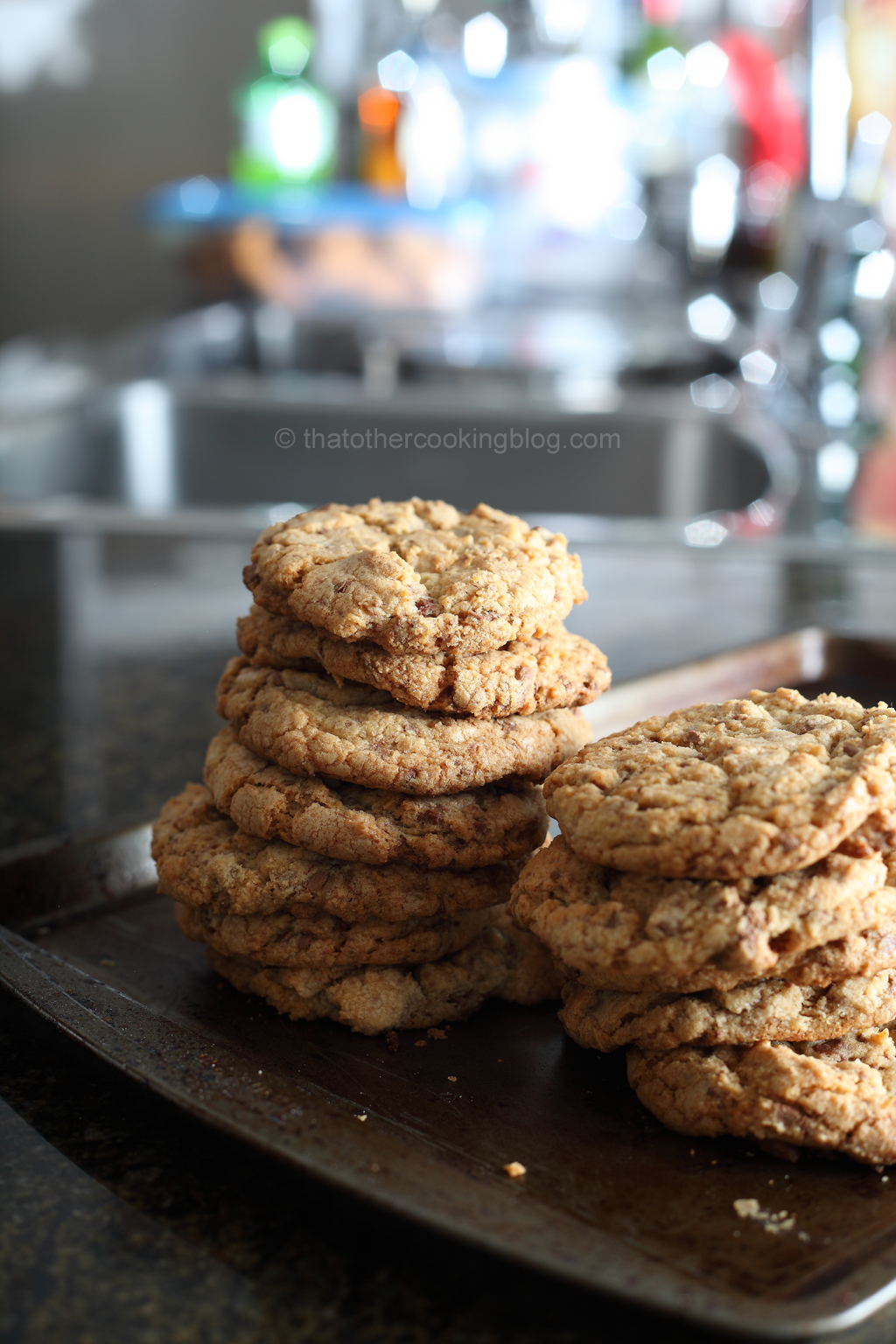Before we go any further I want to warn you. I just participated in the killing of a pig. I also documented it with pictures. I will do my best to avoid excessively-graphic imagery but as you may know, the process of butchering an animal is a dramatic event so if you’re not comfortable with this kind of content kindly skip this post. I will stick to the facts and present this subject as mindfully and respectfully as possible and only to show and share my love and appreciation for food, cooking and all that it entails.

As a meat eater, I was feeling compelled to witness and participate in the butchering of an animal. I felt that without doing so… eating meat was just a convenient luxury, far removed from the harsh reality of taking life to feed people. I also wanted to participate out of respect for the animals and the butchering craft that I know so little about. I thought If I were to continue to eat meat, I needed exposure to the entire story. And not the theory which we can all look up somewhere. I needed to see what was really involved. There’s drama in the act of killing no matter how “humanely” the killing is carried out. Our butchering instructor minimized suffering and worked as swiftly as possible.

I remember when I was a kid I watching my neighbour Aurie slaughter her own chickens before cooking lunch. I never judged her… who was I to judge her, I was 8 years old and in love with her cooking. It was a normal scene back in the early 80’s having grown up in a tiny little town in Maracay, Venezuela. Many people had chickens running around in their yards. We had them too. My mom wouldn’t butcher them, we used the eggs. But for other people it was pretty common to kill their chicken. Many years later, 2 weeks ago to be more precise I was at a barn, ready to butcher a 190 pound animal.

We started very early in the morning. In fact, I woke up at 3:30 and drove for about an hour from Brentwood to Orange county. The reason we started so early was to beat the sun and have most of the butchering done before the hottest hours of the day. At this time, I had no idea the whole task would require over 6 hours from start to end.

This butchering lesson pushed me into unknown territory and made me realize how removed, distant I have been my entire life to the fact that food originates somewhere, and that I should care more about the origins and the process. I know I sound naive in saying this, but just reading about butchering and the process isn’t enough. Not in my opinion. Watching the process and participating in it is.

The act of killing in itself was the quickest part of the process. It was done by firing a 22mm round into the pig’s head. Death is instantaneous but the body won’t come to a full rest for another 5 to 10 minutes. During that time working as fast as possible the animal needs to be bled and the blood stored and reserved for sausage making.

The first thing I remember doing that morning was firing up a huge gas burner and placing a big pot of water on it. That much water took about 2 hours to bring to a boil. At the time I had no idea what it would be for. But it all made sense. Once the blood has been drained as much as possible, the outer layer of the skin must be removed and with it most of the pig’s hair. We poured boiling water carefully over the pig.

Working in small areas and making sure not to overdo it which would result in cooking the meat under the skin. The water partially cooks the skin and makes it easy to scrub off. With the use of knives and other tools, it took 4 of us a good 2 hours to finish this task. As we worked away, a chef apprentice cut off the trotters.

The head was removed. The chef assisting in the lesson kept it for his own use.
Then the gutting begun. It was executed by the butcher instructor. A former doctor and extremely experienced. The cutting was precise. An incredible anatomy class. He answered any questions we had. The knife he used was extremely small. I’ve come to realize over years of cooking… fancy expensive knives are highly overrated. With that little nondescript knife he finished the job. It was surgery. The surgeon kept the organs.

The pig was then washed and readied up. We transferred it to a bigger table under a tent to keep the sun away. At this point larger knives were used. Power tools were also brought in. Breaking down a whole pig will require sawing through the spine, rib cage and pelvis bones. A standard saw can be used but the job can be finished in a 10th of the time using a reciprocal saw. Much cleaner too.

Breaking down our pig took about an hour and a half. Slabs of bacon, spare ribs, rib racks, chops, shoulders, hams, loins. Absolutely beautiful stuff. Nothing went to waste. I mean nothing. One thing I’ll never forget is that fact that the meat was still warm as we worked through the different cuts. This lesson taught me more than just about butchering or pork anatomy. It kind of took a mental blindfold off. Going from a living thing to a pork chop on a plate won’t ever be the same. Priceless knowledge has been acquired. I’m so thankful I did this. Would I do it again? yes.

Maybe I’m wrong but I don’t think everybody enjoyed or appreciated the nature of this post or the images displayed. There’s not much I can do about that (I kinda wanna apologize but then… why would I…). This is a cooking journal and if there has been a post that I thought deserved being logged on my blog is probably this one. I refrained form posting certain photos though… because well.. I understand some viewers wouldn’t be comfortable dealing with the graphic nature of them and this site happens to be public.

With all of that said and out of the way… to those who want to learn about butchering and are willing to participate in a class but have doubts. Do it. Spend the money. It isn’t expensive. Find a few friends that want to participate and do it. The educational investment far exceeds the money factor. And I’m done for tonight Take care guys and see you soon!
Wanna get more sous-vide cooking guides and cool cooking how-to’s in your mailbox? You know what needs to be done!
We never spam. You should only be getting updates when new content is posted on the site. We also respect your privacy. We don’t share your email address with anyone and you can unsubscribe anytime!





14 comments
I think that if we can’t watch these photos, than we shouldn’t eat the meat…
that’s what I think as well. Thanks Ronit!
Wow! You are brave! I’m a meat eater but also an animal lover so I think it would be difficult for me to actually do the deed. But I’m a huge fan of knowing where my food comes from. I even grind my own meat just to make sure I know what has been ground so I have a true appreciation for this process. This pig is as fresh as it gets. Thanks for sharing and keep up the good work! Mmmmmmm…..bacon and ribs.
Best,
Trish
Hi Trish! Thanks for dropping by and for sharing your thoughts. Also thank you for your beautiful compliments. I totally understand… I too consider myself an animal lover. When I was a kid I wanted to be a veterinarian 🙂 I’m glad you understand why I did it though. There’s nothing enjoyable about killing an animal but it has to be done and done right if we want to continue eating meat. Personally being part of the process taught me a ton!
Thank for this post even though I don’t enjoying meat as much ,I still consuming time to time. Growing up in Brazil I remember walk 5 minutes to a pig farm choosing the pig and playing at my friends house until the meat was ready to be taken home … It’s wild ,we did with chickens too,and I had to butcher chickens many times . so I don’t mind as much seen it. I didn’t realize how much analogy would give me.
Glad you enjoyed it!
you’re welcome Sheila! and thanks for your compliments. Yeah, it’s a pretty common thing for certain people. I was more used to it when I was a kid, but I have lived most of my life in the city, far removed from farms. It’s good to stay in touch with reality I think. It was a great experience.
Thanks for sharing this moment in such an honest way. Here in Spain some families, or even whole villages, do “matanzas” where they kill a pig and then proceed to make all the sausages chorizos, morcilla, meat cuts etc. I have not attended one the truth is that I would like to, because as you write, I do eat meat and perhaps should learn more about it from the origins. I’m going to read your next post about this now, but just asking ahead, did you also take advantage of the blood and make morcilla, black pudding, with it?
PS well done with your mailchimp 😉 PPS your blog looks fantastic now.
thank you Sofia!!!! I’m so glad you share my opinion on this and yes, I think you should at least attend one and document it with your photos. I have the morcillas in my freezer btw 🙂 the chef teaching us loves spanish food (who doesn’t!) and made them for us. They are perfect. Thanks for the compliments, I’m really glad you are liking the new blog look and the chimpie mails! 🙂
Funny that you should post this – I had recently posted on wanting to know about butchering (I even had the book that turned out to be a bust) but it was about butchering in the kitchen, not at the farm. Don’t think I could do it. But there’s no logical reason why not. I beat this was really significant and informative.
Hi Mimi! total coincidence btw… and yes, it was informative and transforming. I was prepping a chicken for roasting yesterday and I just couldn’t not think about how that animal might have eneded up in that plastic bag at the store… Almost makes wanna just buy straight from a farm which is actually an option out here. Why was that book a bust?
The photo tutorials were from the perspective of someone across the butcher block, not from the cook’s perspective looking down at the meat. I tried to de-bone a leg of lamb and it was a disaster. And I so wanted to do it right! I can’t paste the link, but it’s under “boneless leg of lamb.”
gotcha! left you a comment 🙂 btw… I don’t think it was a disaster, at lest the final result seems like you managed to pull it off!